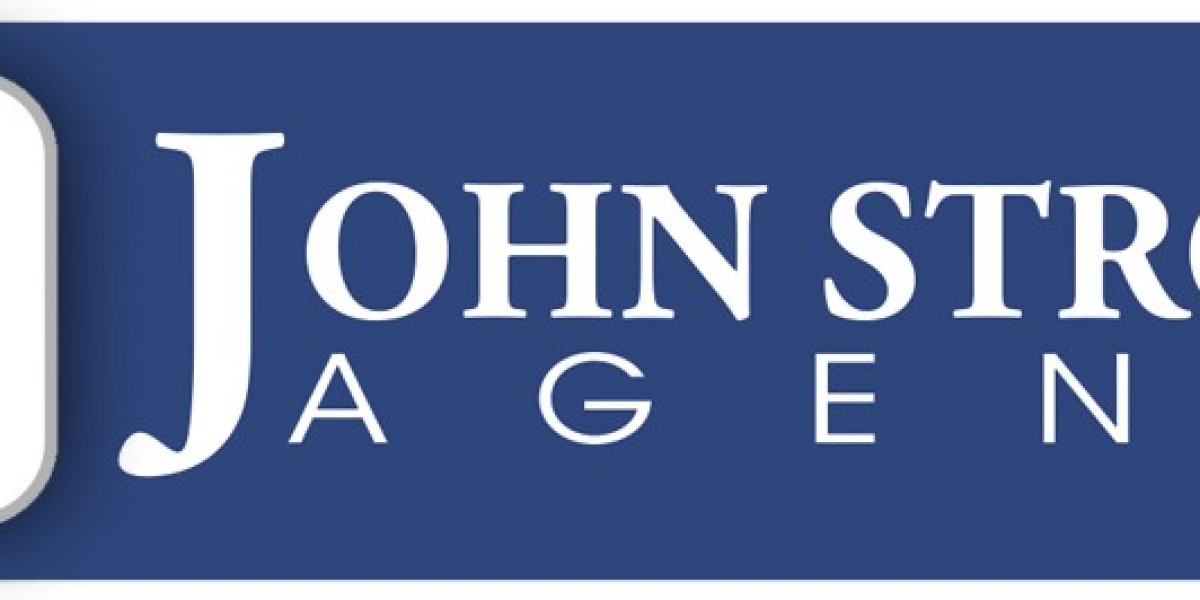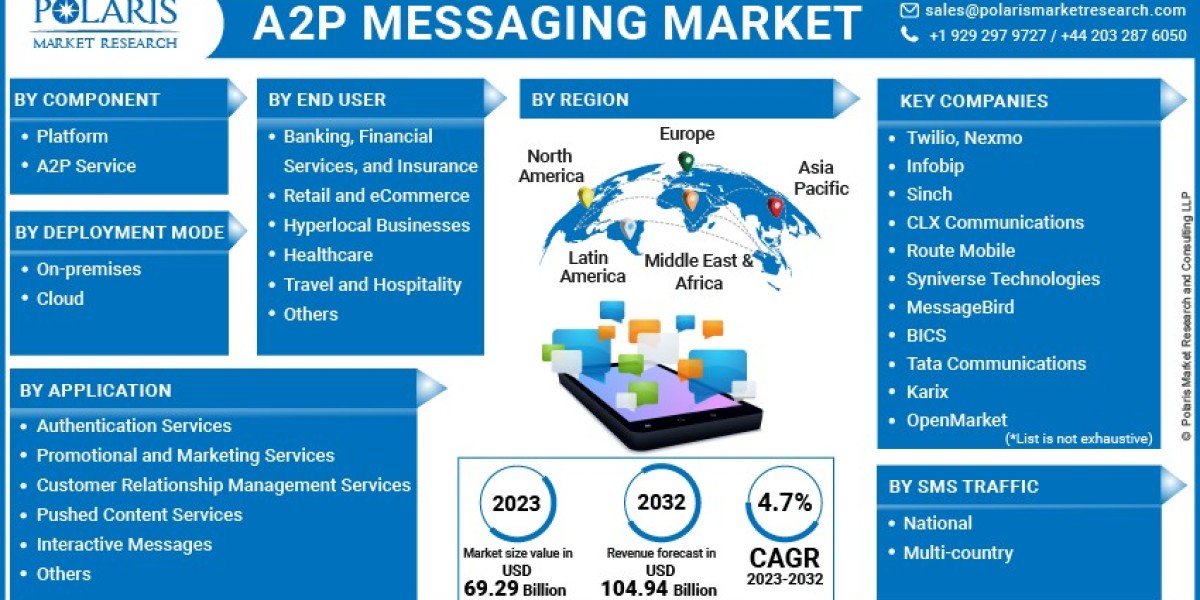Medicare, the federal health insurance program primarily for individuals aged 65 and older, provides essential coverage for a range of medical services. However, despite its comprehensive nature, there are gaps in coverage that can leave beneficiaries facing unexpected out-of-pocket costs. Understanding these Medicare coverage gaps is crucial for beneficiaries to make informed decisions about their healthcare. In this article, we explore the common coverage gaps in Medicare and strategies to bridge them effectively.
The Basics of Medicare Coverage: Medicare consists of different parts, each addressing specific aspects of healthcare:
Part A (Hospital Insurance): Covers inpatient hospital stays, skilled nursing facility care, hospice care, and some home health care.
Part B (Medical Insurance): Covers outpatient care, doctor's services, preventive services, and some home health care.
Part C (Medicare Advantage): A private insurance plan that combines coverage from Part A and Part B, often with additional benefits like vision and dental.
Part D (Prescription Drug Coverage): Provides prescription drug coverage through private insurance plans.
Despite this comprehensive coverage, there are certain expenses and services that fall outside the scope of traditional Medicare, leading to coverage gaps.
Common Medicare Coverage Gaps:
Prescription Drug Costs (Part D): Medicare Part D covers prescription drugs, but beneficiaries often face out-of-pocket costs such as copayments, coinsurance, and deductibles. Additionally, the coverage may have a coverage gap, commonly known as the "donut hole," where beneficiaries pay a higher percentage of their drug costs until catastrophic coverage kicks in.
Outpatient Services (Part B): Part B covers a significant portion of outpatient services, but beneficiaries are responsible for the annual deductible and 20% of the Medicare-approved amount for most services. This can result in substantial out-of-pocket expenses for procedures, tests, and other outpatient care.
Long-Term Care and Custodial Care: Medicare generally does not cover long-term care or custodial care, including extended stays in nursing homes. This gap often leaves beneficiaries seeking alternative coverage options, such as long-term care insurance or Medicaid.
Dental, Vision, and Hearing Care: Routine dental care, eye exams for eyeglasses, and hearing aids are not covered by traditional Medicare. Beneficiaries may need supplemental insurance or standalone plans to address these specific healthcare needs.
Overseas Medical Coverage: Medicare has limited coverage for healthcare services obtained outside the United States. Travelers may need additional insurance coverage, such as travel insurance with medical benefits, to bridge this gap.
Strategies to Fill Medicare Coverage Gaps:
Medigap (Medicare Supplement Insurance): Medigap plans, labeled A through N, are designed to fill the gaps in traditional Medigap premiums. These plans help cover costs such as copayments, deductibles, and coinsurance. Beneficiaries must have Original Medicare (Part A and Part B) to enroll in a Medigap plan.
Medicare Advantage (Part C): Medicare Advantage plans, offered by private insurance companies, combine coverage from Part A and Part B and often include additional benefits such as dental, vision, and prescription drug coverage. These plans may have different cost-sharing structures compared to traditional Medicare.
Part D Prescription Drug Plans: To address the prescription drug coverage gap, beneficiaries can enroll in a standalone Medicare Part D Prescription Drug Plan. It's essential to carefully compare plans based on formulary coverage, premiums, and out-of-pocket costs.
Employer-Sponsored Coverage: Some beneficiaries may have access to employer-sponsored health coverage, either through their own or a spouse's employer. This coverage can supplement Medicare and help bridge certain gaps.
State Assistance Programs: State-specific programs may provide assistance for Medicare beneficiaries facing financial challenges. These programs can help with Medicare premiums, deductibles, and other out-of-pocket costs.
Health Savings Accounts (HSAs) and Flexible Spending Accounts (FSAs): These tax-advantaged accounts can be used to pay for qualified medical expenses, helping beneficiaries save for healthcare costs not covered by Medicare.
Annual Medicare Open Enrollment: Understanding and addressing Medicare coverage gaps is an ongoing process. The annual Medicare Open Enrollment period, which typically occurs from October 15 to December 7, provides an opportunity for beneficiaries to review and make changes to their Medicare coverage. This includes switching between Original Medicare and Medicare Advantage, changing prescription drug plans, and exploring supplemental coverage options.
Seeking Professional Guidance: Navigating Medicare coverage gaps can be complex, and individual healthcare needs vary. Beneficiaries are encouraged to seek professional guidance from Medicare counselors, insurance agents, or healthcare professionals who specialize in senior health. These experts can help assess individual needs, compare coverage options, and provide personalized advice to optimize healthcare coverage.
Staying Informed: Medicare policies and coverage options may change, so it's crucial for beneficiaries to stay informed about updates and modifications. Regularly reviewing the official Medicare website, attending informational sessions, and staying in touch with healthcare professionals can help ensure that beneficiaries are aware of any changes that may affect their coverage.






